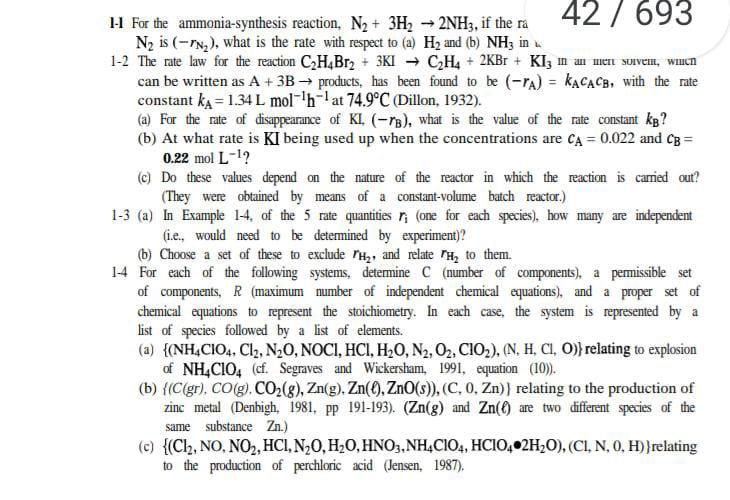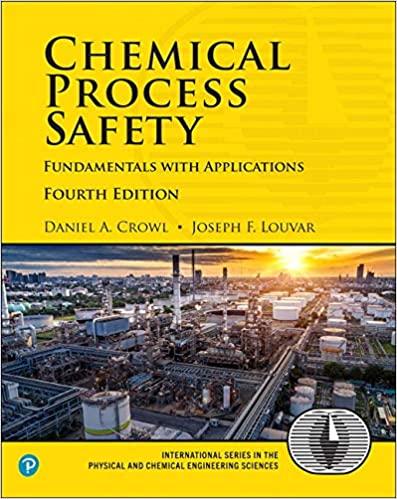Answered step by step
Verified Expert Solution
Question
1 Approved Answer
PLEASE ATTEMPT ONLY IF YOU CAN ANSWER ALL THE PARTS OTHERWIES I WILL GIVE 3 DOWNVOTE 1-1 For the ammonia-synthesis reaction, N2 + 3H2 2NH3,
PLEASE ATTEMPT ONLY IF YOU CAN ANSWER ALL THE PARTS OTHERWIES I WILL GIVE 3 DOWNVOTE

Step by Step Solution
There are 3 Steps involved in it
Step: 1

Get Instant Access to Expert-Tailored Solutions
See step-by-step solutions with expert insights and AI powered tools for academic success
Step: 2

Step: 3

Ace Your Homework with AI
Get the answers you need in no time with our AI-driven, step-by-step assistance
Get Started


